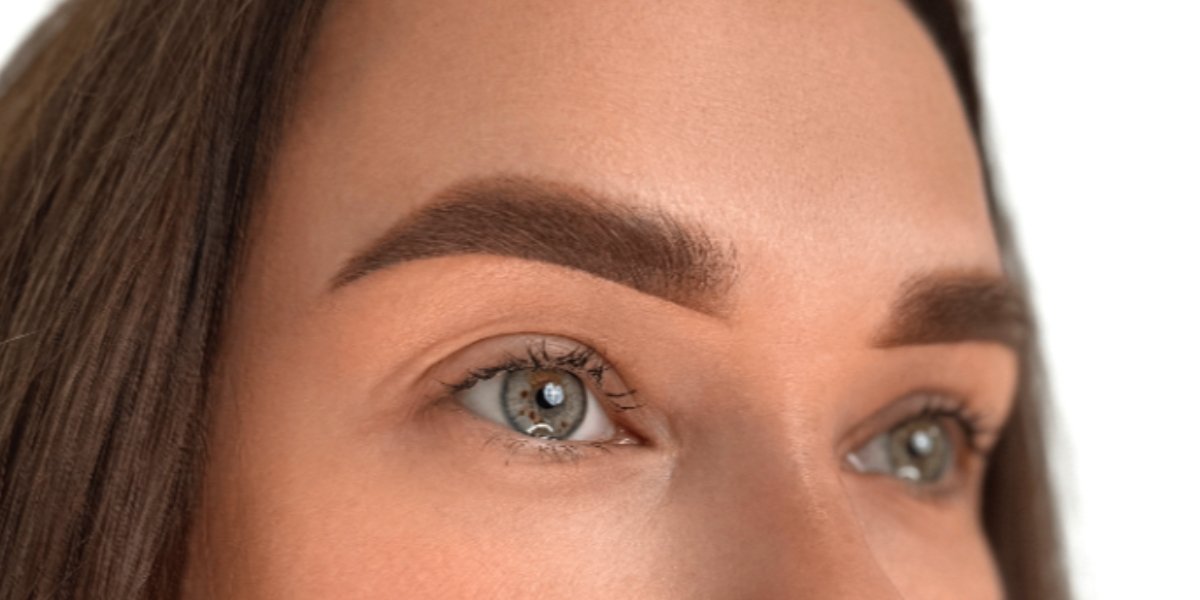The fashion world is slowly moving past rigid gender categories, creating clothes designed for people rather than stereotypes. This shift toward gender-neutral fashion isn’t just a trend—it’s a response to changing ideas about identity and self-expression. More brands now offer versatile pieces that work across the traditional male-female divide, focusing on fit, comfort, and personal style over outdated norms.
At its core, inclusive fashion starts with design choices. Silhouettes are becoming more adaptable, with adjustable waistbands, relaxed cuts, and stretch fabrics that accommodate different body types. Color palettes lean toward versatile neutrals—deep greens, warm taupes, and rich blacks that appeal across genders. Patterns move beyond florals for women and plaids for men to include abstract designs and geometric prints anyone can wear. These changes make shopping less about “men’s” or “women’s” sections and more about finding what fits and flatters.
The rise of unisex sizing addresses practical frustrations many shoppers face. Traditional sizing systems often exclude people whose bodies don’t fit narrow gender expectations. A gender-neutral approach might use measurements like chest, waist, and hip inches rather than arbitrary numbers. Some brands now offer single sizing scales with extended ranges, so the same shirt could fit a broad-shouldered woman or a slim-hipped man equally well. This pragmatic shift benefits not just nonbinary individuals but anyone who’s struggled with inconsistent sizing.
Everyday style reveals how blurred gender lines have become in real life. Women have long borrowed from menswear—think blazers and loafers—but now the exchange flows both ways. Male-identifying people confidently wear skirts and jewelry, while feminine-presenting individuals embrace structured suits and chunky boots. Streetwear, workwear, and athletic styles increasingly ignore gender divisions, focusing instead on functionality and aesthetic appeal. This organic blending proves that clothing preferences were never truly innate to gender—just conditioned by tradition.
Retail spaces are adapting to this cultural shift. Some stores now organize clothes by type (tops, bottoms) rather than gender. Changing rooms become all-gender spaces where anyone can try anything. Online shops add filters like “modeled on diverse bodies” so customers can visualize fits beyond stereotypical presentations. These small but meaningful changes reduce the anxiety many feel when shopping outside traditional categories.
Sustainable aspects of gender-neutral fashion deserve attention. Versatile pieces designed for long-term wear naturally discourage fast-fashion consumption. A well-made unisex blazer might rotate through multiple owners with different styles over its lifespan. Shared wardrobes between partners or family members become easier when clothes aren’t labeled for one gender. This approach aligns with growing desires for both inclusivity and environmental responsibility in fashion.
Challenges remain in making truly inclusive clothing. Designers must consider how the same garment hangs differently on various body shapes without reinforcing beauty standards. Marketing campaigns walk a fine line between normalizing gender diversity and tokenizing it. Pricing structures sometimes unfairly elevate simple designs as “premium unisex” when similar items cost less in gendered lines. The most authentic brands address these issues by involving diverse communities in design processes rather than just targeting them as demographics.
Workplace acceptance of gender-neutral fashion still lags behind creative industries in some fields. While tech startups might embrace hoodies and jeans for all, conservative offices sometimes police clothing based on outdated gender norms. Progress comes slowly—through dress code updates that specify professionalism rather than gendered items like heels or ties, and through employees who confidently wear what suits them while excelling at their jobs.
Parents embracing gender-free options for children are driving early change. Kids’ clothing lines increasingly avoid “boys are superheroes/girls are princesses” dichotomies, offering dinosaur prints and pastel blues to all. School uniform policies evolve beyond skirts-for-girls mandates. This early exposure helps normalize clothing as personal choice rather than identity mandate, potentially reducing future fashion-related anxiety for young people.
The economic argument for gender-neutral fashion is compelling. Brands reducing separate production lines for nearly identical men’s and women’s items cut waste and costs. Consumers building smaller, more versatile wardrobes save money over time. Resale markets thrive when clothes appeal to broader audiences. These practical benefits accelerate adoption beyond ideological support for inclusivity.
Looking ahead, fashion’s gender evolution will likely continue merging with other progressive movements. Adaptive clothing for disabled bodies shares design principles with gender-neutral fashion—both prioritize function and dignity over tradition. Size inclusivity naturally complements gender inclusivity when brands focus on real human diversity. The common thread is designing for need rather than assumption.
For individuals exploring gender-flexible style, the journey can start small. Trying one piece outside old comfort zones—a masculine-cut button-down or a feminine accessory—often reveals how arbitrary clothing labels feel in practice. Thrift stores offer low-pressure environments to experiment. The key is remembering that confidence sells any outfit far better than gendered expectations ever could.
The fashion industry still has far to go in dismantling binary systems, but each season brings more options that honor self-expression over categorization. As clothing becomes less about who society thinks we should be and more about who we know ourselves to be, getting dressed transforms from a social obligation into a genuine creative act. In that sense, gender-neutral fashion isn’t just changing wardrobes—it’s changing how people move through the world, one authentic outfit at a time.
Read also: The Truth About Fashion Rules and When to Break Them











